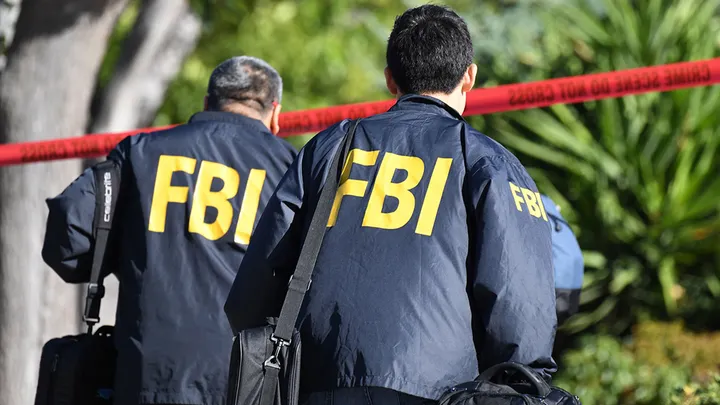In law enforcement, our most fundamental duty is to ensure people can live free from fear—a task that has become more challenging over the past few years. FBI crime statistics released in October showed that in 2021, for the second year in a row, violent crime remained at alarmingly high levels. From conversations I routinely have with police chiefs and sheriffs every week, those violent crime trends have continued throughout 2022.
The top concern I hear from local law enforcement leaders is gang and gun violence — whether it’s gangs terrorizing a community, juveniles graduating from carjackings to even worse violence, or traffickers moving drugs through a neighborhood and inundating it with crime. Even major corporations are seeing the same thing and are having to make difficult decisions about where they operate.
While the specific drivers can be as varied and diverse as the communities we serve, in far too many instances, we’re seeing repeat or dangerous offenders end up back on the streets. For hardworking law enforcement officers, the only thing more frustrating than having to arrest a violent criminal who should be behind bars is having to arrest that same person over and over again.
The men and women of law enforcement are working tirelessly to tackle the threat. In 2022, across the nation, the FBI with our partners arrested more than 20,000 violent criminals and child predators – an average of 55 per day, every day. In the process, we seized more than 9,600 guns from those criminals, cut into the capabilities of 3,500 gangs and violent criminal enterprises and completely dismantled 370 more – arresting their leadership and seizing their assets.
These efforts and others like them are making a real difference in communities plagued by violence and drugs, but the numbers and our lived experiences make clear there’s a lot more work to do. And at the FBI, we’re committed to working with our state and local partners to leverage our resources to combat these stubborn rates of homicides, carjackings and non-fatal shootings.
The answer is, of course, not to cut resources from over-worked, under-resourced departments. As it is, police departments and sheriffs’ offices across the country are struggling to recruit officers to replace those they’ve lost in recent years to a wave of retirements and resignations. Policing is already a tough job, and it’s even tougher when departments with fewer hands to do the work have to make hard decisions about how to prioritize their limited resources. On top of that, the job is becoming more and more dangerous at a time when officers are being called to take on increasingly complex challenges. In 2022, an average of one brave law enforcement officer was feloniously killed in the line of duty nearly every six days, marking the third-highest total in more than 20 years.
For our part, the FBI is working shoulder-to-shoulder with our state and local law enforcement partners through more than 300 violent crime task forces made up of close to 3,000 members. Through these task forces, we’ve built a strong and resilient ship capable of sailing through any storm. We’re using intelligence to drive proactive investigations to identify and target the most violent offenders. And we’re working to build capacity and deploy additional resources to some of the hardest-hit cities where that support is most needed.
America’s crime problem is real. Tackling it requires respect for cops




